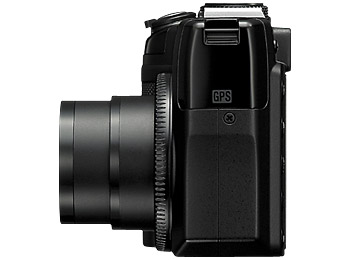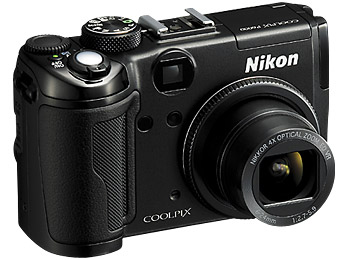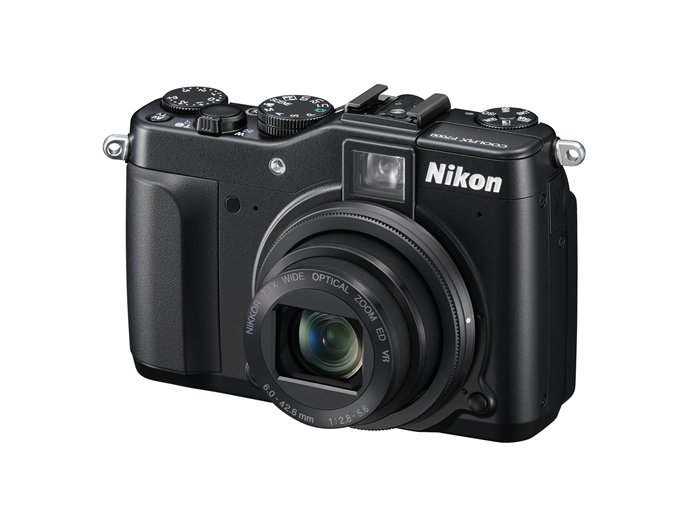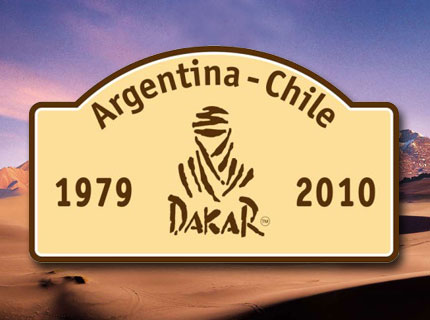During my career in the avionics industry one of the companies I worked for designed and manufactured electro-mechanical inertial navigation systems for military aircraft. Back in the 80s the leading edge systems began to integrate with the map display for the crew to see details of their route and mission waypoints. Wind forward 20 or so years and that technology is placed in the palm of your hand for geophotography (photography with geotags).
The new CASIO Exilim EX-H20G camera, due on sale in the US in November 2010, features a Hybrid-GPS sensor which augments the normal GPS data feed with indoor tracking information maintained by a chip based motion sensor. So the location data for the photographic geotags is maintained upto date by an estimated position calculated from the speed and acceleration observbed by the motion sensors similar to my in-car gps which continues to track location as I drive through the Dartford tunnel under the Thames.
All the usual compact digital camera features are included and these are summarised at Photographyblog and it should deliver good quality images if my other Exlim camera was anythiong to go by. There are detailed spec sheets and more info at Imaging Resource .
It will be the first such system available to geotaggers and will succeed if the GPS start up time is short and both outdoor and indoor locations are accurate. See the full CASIO USA Press Release here.
Monday 20 September 2010
Saturday 11 September 2010
Nikon give up on built in GPS - Nikon P7000
The previous high end compact from Nikon, the P6000 had a built in GPS. Although it had a slow initial GPS lock problem it was an extremely portable, convenient and capable way to do geotagged photography.
The replacement camera, the P7000, has removed this feature - disappointing Nikon. The only manufacturer with the vision to include NMEA serial GPS interface capability to it's high end digital SLRs has tried once and given up on a compact camera with built in GPS. As a previously confirmed Nikon SLR user I'm sorry to say that it is time for us to take a closer look at the Panasonic Lumix offerings such as the DMC-TZ10 with "Travel Mode" GPS built in.
The replacement camera, the P7000, has removed this feature - disappointing Nikon. The only manufacturer with the vision to include NMEA serial GPS interface capability to it's high end digital SLRs has tried once and given up on a compact camera with built in GPS. As a previously confirmed Nikon SLR user I'm sorry to say that it is time for us to take a closer look at the Panasonic Lumix offerings such as the DMC-TZ10 with "Travel Mode" GPS built in.
User review of Sony GPS logger
During a summer holiday visit to the beautiful atlantic island of Madeira I had the chance to try out my Sony GPS-CS3KA GPS unit. I am in the process of preparing the images for upload to my SmugMug pages but initial checks using GoogleEarth show excellent accuracy of location for shots taken on a Panasonic Lumix G1 with no built in GPS capability.
 Notable benefits are the usefulness with any camera, the ease of use of the simple menu structure and the speed of GPS lock. Initial location times when turned on were much quicker than the Nikon P6000 with built in GPS. This reduces the time before geotagged photos can be taken. A great benefit when on an organised minibus tour of the West of the island where location stops were often brief.
Notable benefits are the usefulness with any camera, the ease of use of the simple menu structure and the speed of GPS lock. Initial location times when turned on were much quicker than the Nikon P6000 with built in GPS. This reduces the time before geotagged photos can be taken. A great benefit when on an organised minibus tour of the West of the island where location stops were often brief.The only drawback is the 64 shot limit on tags. Before the 64 tag memory is exceeded it is necessary to remove the SD card from the camera and insert it into the Sony GPS logger so at can associate shots and geotags using timestamp data (previously synchronised by the user on camera and logger menus). The transfer was speedy and trouble free.
I'd recommend this system for anyone who has a camera without built in GPS or without the GPS interfaces of Nikon high end SLRs. Although the Sony advertising for this product implies that it only works for it's own Cybershot cameras, it should work with any digital camera shooting JPEGs and using SD card image storage.
Eye-Fi gives Wi-Fi geotagging in a simple SD card add on
Newly released this summer is the Eye-Fi Explore X2. This tiny device doubles as a replacement SD card for any camera giving wi-fi connectivity and a basic wi-fi sensed geotagging capability. Take a look at this introductory video clip.
Monday 10 May 2010
Sunday 9 May 2010
New Sony Compact camera with built in GPS for geotags
Spring 2010 Sony released the Cybershot DSC-HX5V compact camera with built in GPS for adding geotags to photos.
See a detailed review at the Imaging Resource website.
Their quote on the Sony's GPS capability indicates a GPS and Compass function:
"The Sony HX5V includes both a GPS receiver and compass built-in, allowing it to tag images with both the location and direction in which they were captured. Sony's bundled software and third-party applications such as Google Earth, which can read these tags, can then use the information to display images on a map by location. "
Tuesday 9 March 2010
New Sony GPS logger for geotagging photography

This new Sony camera accessory allows geotagging of images and movies shot with a non-GPS enabled or connected camera.
Sony's GPS-CS3KA GPS unit captures a GPS tracklog while you move around taking photographs or movies. Then the memory card from the camera can be inserted into the back of the unit to associate locations with images/movies based on the synchronised timestamp. The Northing and Easting location data is then inserted into the EXIF data associated with each image/movie clip.
Tuesday 23 February 2010
Pansonic release their first digital camera with GPS

Worth checking out - in January 2010 Pansonic released their first digital camera with GPS: ZS7/TZ10.
A detailed review of the GPS geotag capability of this camera can be found at the Imaging Resource website. One of the more interestng insights is quoted here: " the Panasonic ZS7 does report how many satellites it used to triangulate position" - geotagging cameras rarely give any indication of the quality of the GPS location being tagged in the EXIF metadata.
Monday 15 February 2010
Geopic II - Geotagging Unit for Nikon/Fuji SLRs
Worth taking a look at the following links if you need a GPS and interface for your high end Nikon or Fuji D-SLR:
Product review in Professional Photographer magazine.
Buy at: 360 Tactical VR
or at: CustomIdea
Product review in Professional Photographer magazine.
Buy at: 360 Tactical VR
or at: CustomIdea
Saturday 2 January 2010
DAKAR Rally 2010 starts today from Buenos Aires
2nd January 2010 sees the start of the worlds most gruelling rally under the DAKAR brand, named after the original rally from Paris to Dakar in Senegal. Specific terrorist threats to the rally organisers and competitors over the years lead to the rally moving to South America last year.
The first stage of the 2010 DAKAR starts today in Buenos Aires.
The first stage of the 2010 DAKAR starts today in Buenos Aires.
Subscribe to:
Posts (Atom)














